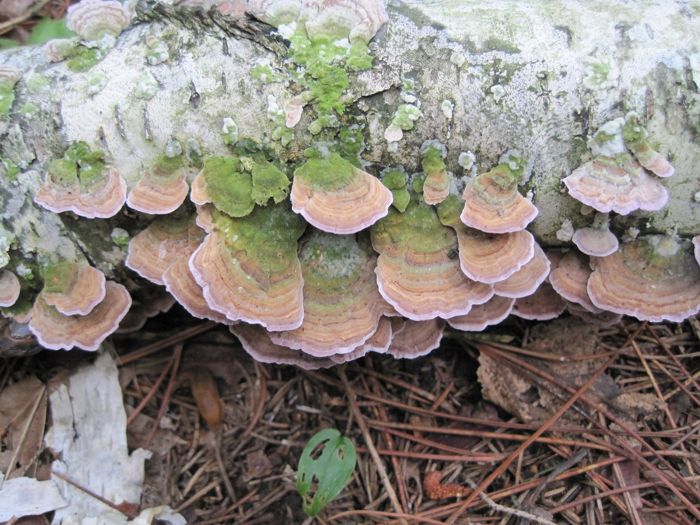
violet-toothed polypore in early spring
One of the tricky things about spalting is that some fungi just don’t like some wood species. You can have the most prolific zone-line producing fungus in the world, stick it on something like elm, and wait, and wait, and wait, for nothing. On the other hand, sometimes fungi show an affinity to a particular wood species just for spalting. Although the versatility of such fungi is low, the results with a proper wood/fungus pairing can be spectacular!
In this year’s final Spalting Fungus of the Month series (which will return again in spring), I’d like to introduce you to Trichaptum biforme, more commonly known as the violet toothed polypore.
This fungus has a distinct purple margin when fresh, although after a few months, the top side turns entirely white. If you’re going out looking for this fungus in the autumn, look for a white bracket fungus with a strong violet color on the bottom (the bottom will also look a bit jagged, instead of smooth).

Trichaptum biforme is very common, and can be found throughout most of North American and Europe. It’s a white rot fungus, which means it will bleach your wood white and form zone lines when paired with another white rot fungus of equal strength.
Why We Care
If this were just another white rot fungus, I wouldn’t dedicate an entire post to it. However, T. biforme seems to have very strong feelings about paper birch. When interacting with other white rots on this wood, the most incredible zone lines are formed:



It’s important to note that red zone lines are not uncommon on birch, nor are zone lines with diffusing colors uncommon in nature. The amount of diffusion in these lines, however, along with an uncharacteristically neon pink color, is something to wonder about.
Color Stability
Like most colors that have something to do with the tree (and not just straight fungus-produced colors), this pink color will fade to brown with exposure to light. A marine-grade finish may help the color stay around, as may several coats of an oil finish, followed by several coats of a water-base with a UV inhibitor. If you’ve used boxelder (Manitoba Maple) before, you’re no doubt familiar with the issues of color stability in tree systems. If you’ve figured out a way to keep the color around, please, let me know!
Utilizing Colored Zone Lines
Whether pink, green, or blue, color-diffusing zone lines are beautiful in finished pieces if you can get the color stabilized. If you have zone lines in your unfinished piece and want to see if they might be colored, you can always (assuming your piece is still wet), zap it in the microwave for a minute. Many of the pigments move with water, so as the moisture from your wood evaporates out of the bowl, the color tends to drag along the piece.
Colored zone lines are usually best displayed in turnings, where both sides of the zone line can be viewed. If you have a bowl coring device, consider using it on pieces with colored zone lines, as the nested bowl sets tend to perfectly display the diffusing color.
And Finally…
Seen some neat zone lines this autumn? Let me know! Also, Many thanks to Bill Wiard for bringing these neat pink zone lines to my attention.
Thinking of dressing up like a fungus for Halloween because fungi are so scary? Diffuse both your zone line pigments and fear here.
Fine Woodworking Recommended Products

Ridgid R4331 Planer

DeWalt 735X Planer

AnchorSeal Log and Lumber End-Grain Sealer



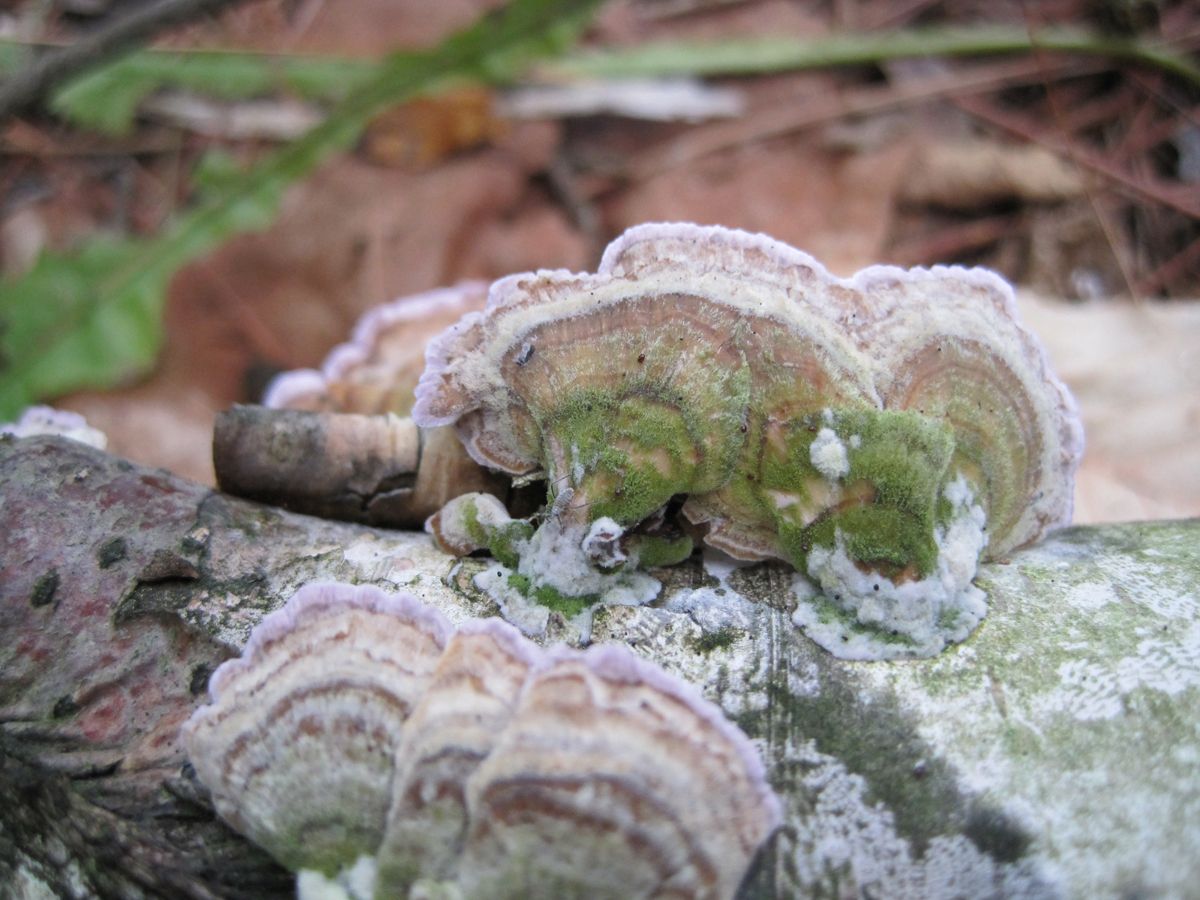
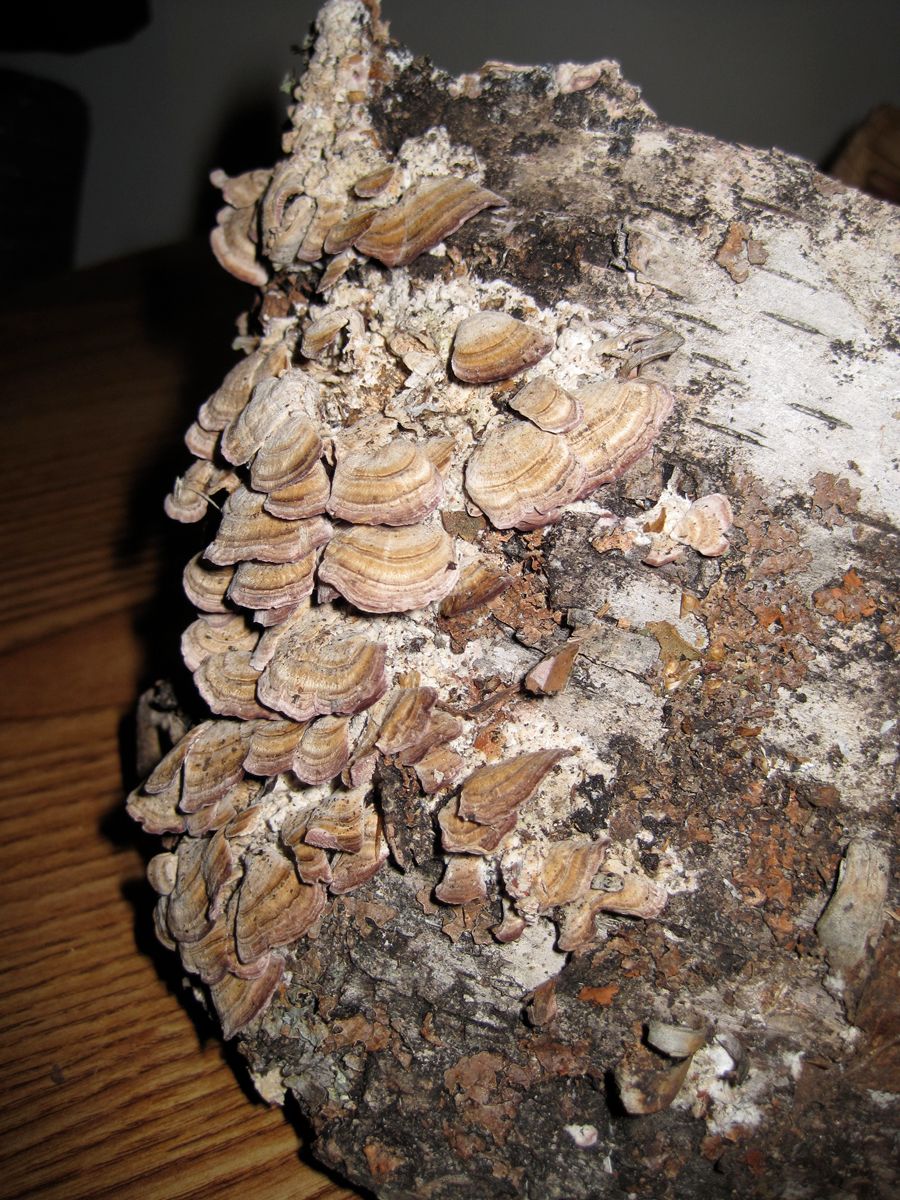
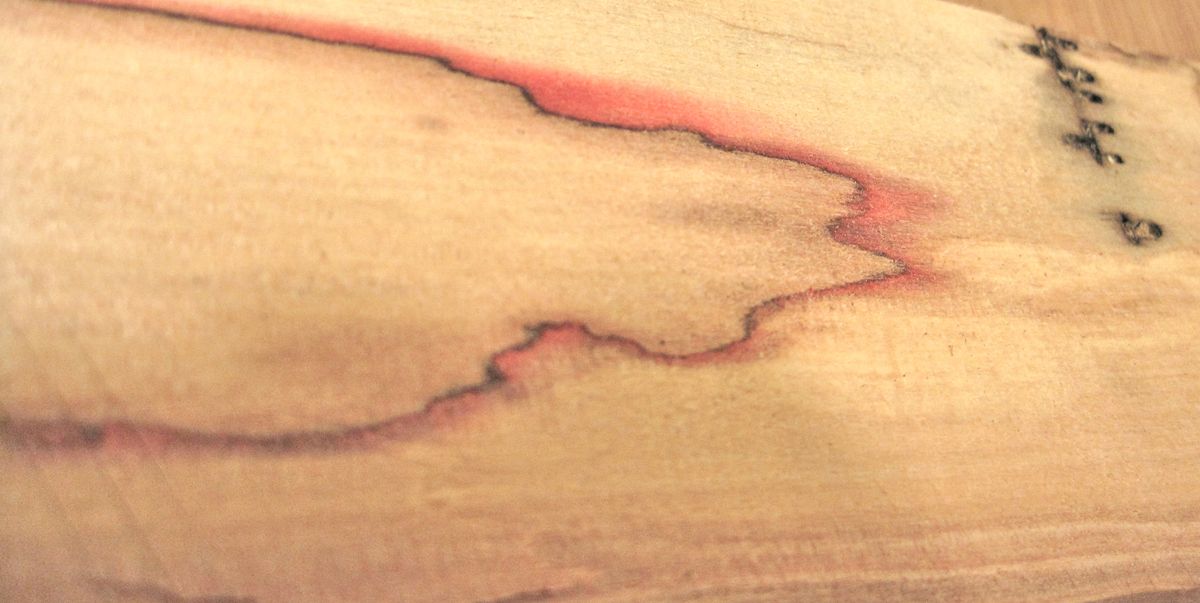
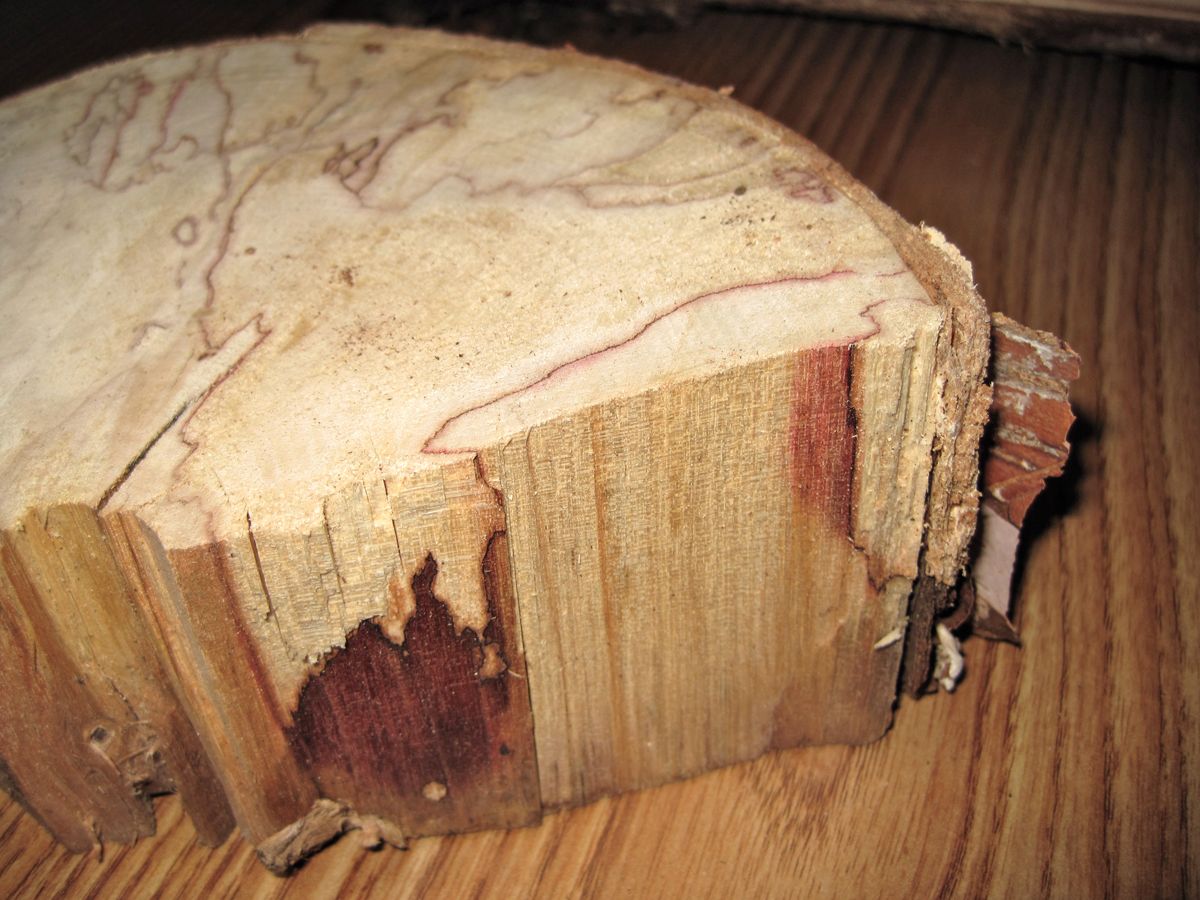
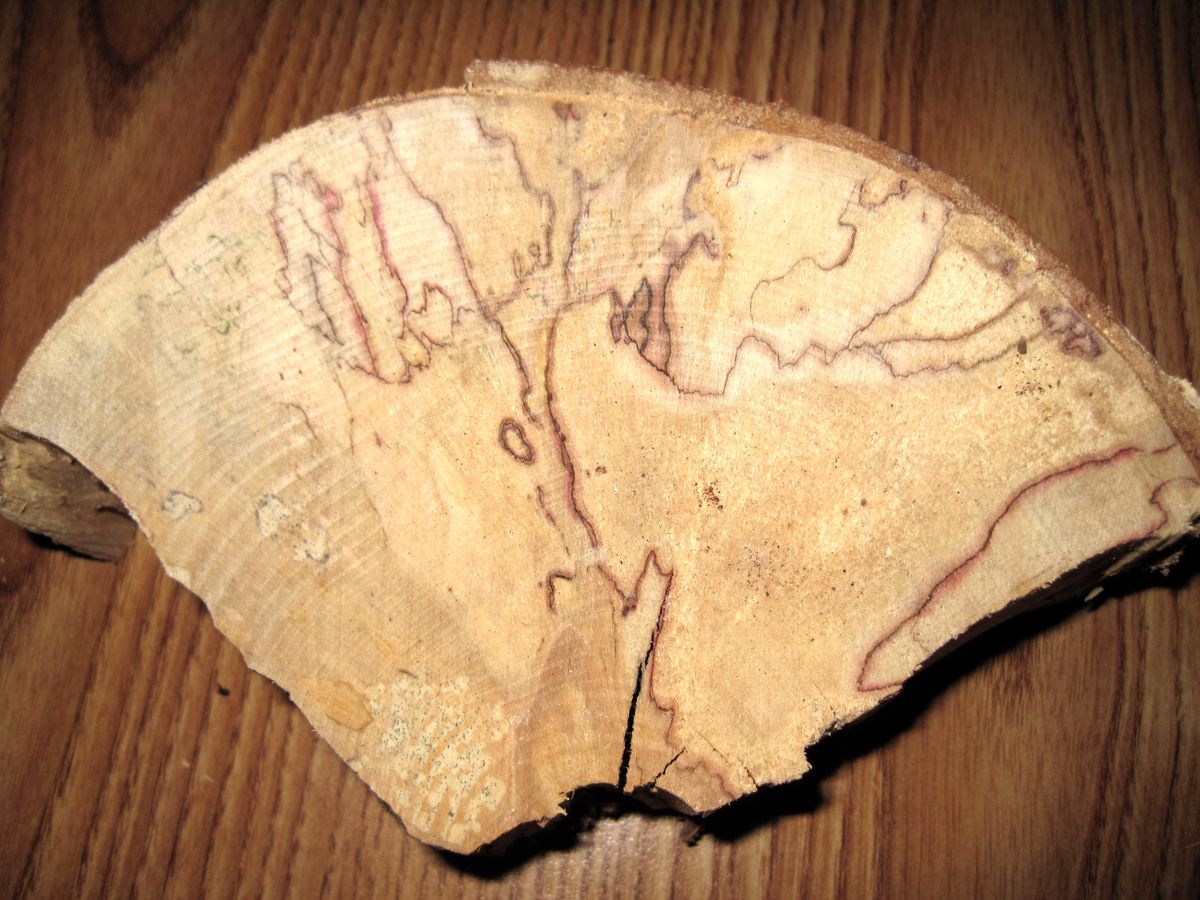


























Comments
Another great post. I feel like I get a dose of biology class right here on the woodworking website, which is a refreshing distraction from "who makes the best tablesaw".
Looking forward to more posts in the Spring!
Thanks Dennis!
Log in or create an account to post a comment.
Sign up Log in